How to Identify and Control Pecan Aphids
Three aphid species can prove problematic in pecans: black pecan aphids and two species grouped together in what is referred to as the yellow aphid complex, or simply yellow aphids.
Three aphid species can prove problematic in pecans: black pecan aphids and two species grouped together in what is referred to as the yellow aphid complex, or simply yellow aphids.
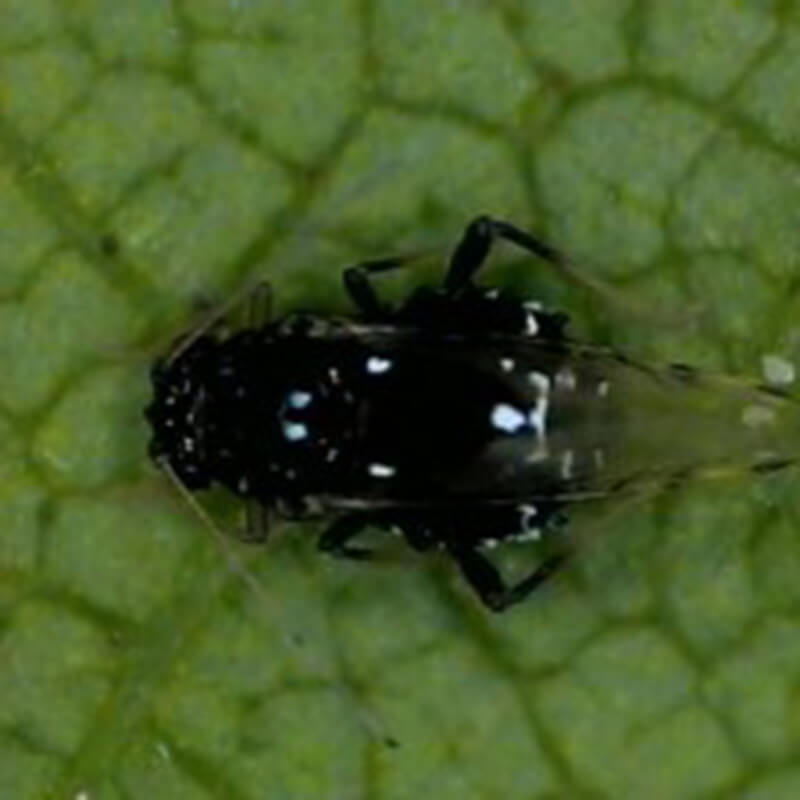
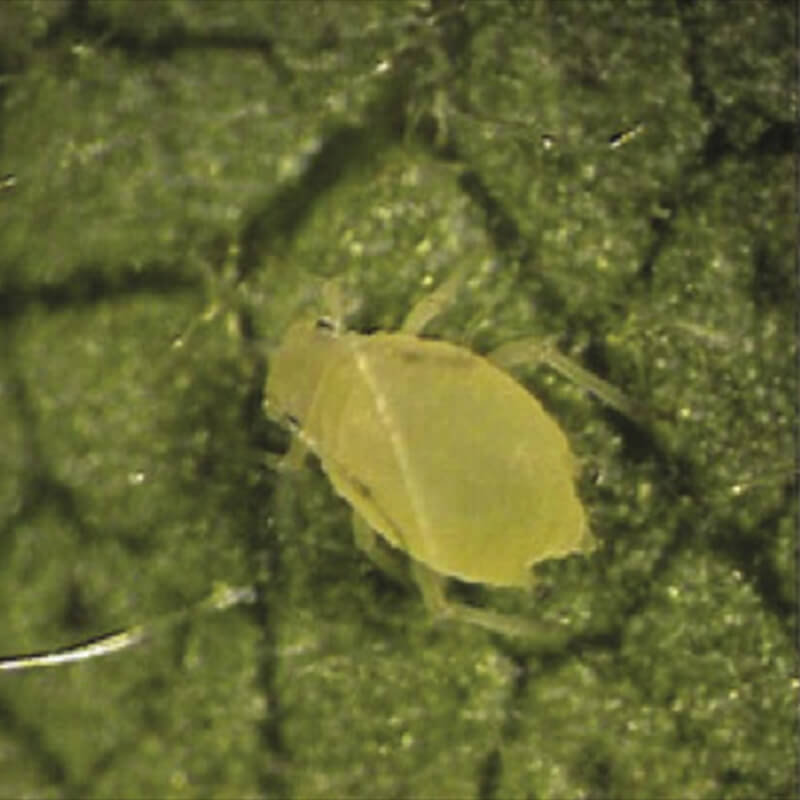
Black Pecan Aphid
Black pecan aphids cause more damage to the tree than the yellow aphid complex. They cause yellow, angular, chlorotic spots between leaf veins, which can lead to defoliation in late summer. This aphid species can be found on the top and bottom of the leaves. Females give birth to live young in the summer and deposit eggs that overwinter on the bark of the trunk.
Yellow Aphid Complex
This complex comprises the black-margined aphid and the yellow pecan aphid. The difference can be seen in the wings. Black-margined aphids hold their wings flat over their back, while yellow pecan aphids hold their wings like peaked roofs over their back. Both species are normally found under the leaf. In both species, females give birth to live young in the summer and deposit eggs that overwinter on the bark of the trunk.
What’s that yellow sap?
Have you noticed a sticky substance under your pecan trees? Some people refer to this substance as sap. However, it is a sticky, sugary substance known as honeydew and is produced by the aphids of the yellow aphid complex.
One thing to consider if you plan on using a cover crop is whether your orchard or grove is grazed or not. Some ground covers can pose a problem for cattle while others have no problem.
Start Scouting in Spring
In spring, you should start scouting if you notice honeydew in your orchard. If you spot more than 25 yellow complex aphids per compound leaf or more than two black aphids per compound leaf, then control is needed. This is the recommended economic threshold in southern Oklahoma and northern Texas.
Two things to keep in mind while scouting:
- Is your beneficial insect population high?
- If so, they may be able to control the population.
- Is a significant rain in the forecast soon (within the week)?
The soft aphid bodies are no match for the rain storms of the Plains. Not only will your population dramatically drop after a rain event, the rain will also help wash off the honeydew.
Biological Control Options
Biological control of pecan aphids can be accomplished through a few different orchard management options. Most of these controls are long-term investments. You should also be aware that these controls build over time and are not an overnight solution. Biological controls also don’t prevent the use of insecticides, but the system works best when you don’t use broad-spectrum insecticides. Instead, use targeted insecticides for specific pests.
Cover Crops
Plant cover crops in the orchard.
Cover crops can be used in your orchard to support a diverse insect population.
Legumes such as clovers, alfalfa, sainfoin and hairy vetch not only fix nitrogen and support soil health, but alfalfa alone supports roughly 150 known parasitoid and predator species. Small grains can also be used as a cover crop.
Parasitoids and predator species are known as “beneficials” because they consume the insects that do damage in your orchard. In this case, as the cover crop blooms throughout the season, aphids will increasingly draw lady beetles. If you get a buildup of your targeted pest, you can also cut your cover crop and drive the beneficials into the trees and surrounding area.
One thing to consider if you plan on using a cover crop is whether your orchard or grove is grazed or not. Some ground covers can pose a problem for cattle while others have no problem.
Insectaries
If you don’t want a cover crop under your trees, you can plant cover crops around the orchard edge or fill in unsuitable spaces with the crops and let them grow to attract the beneficials. This method creates a trap crop that houses a multitude of insects that prey on the aphids you want to remove from your orchard.
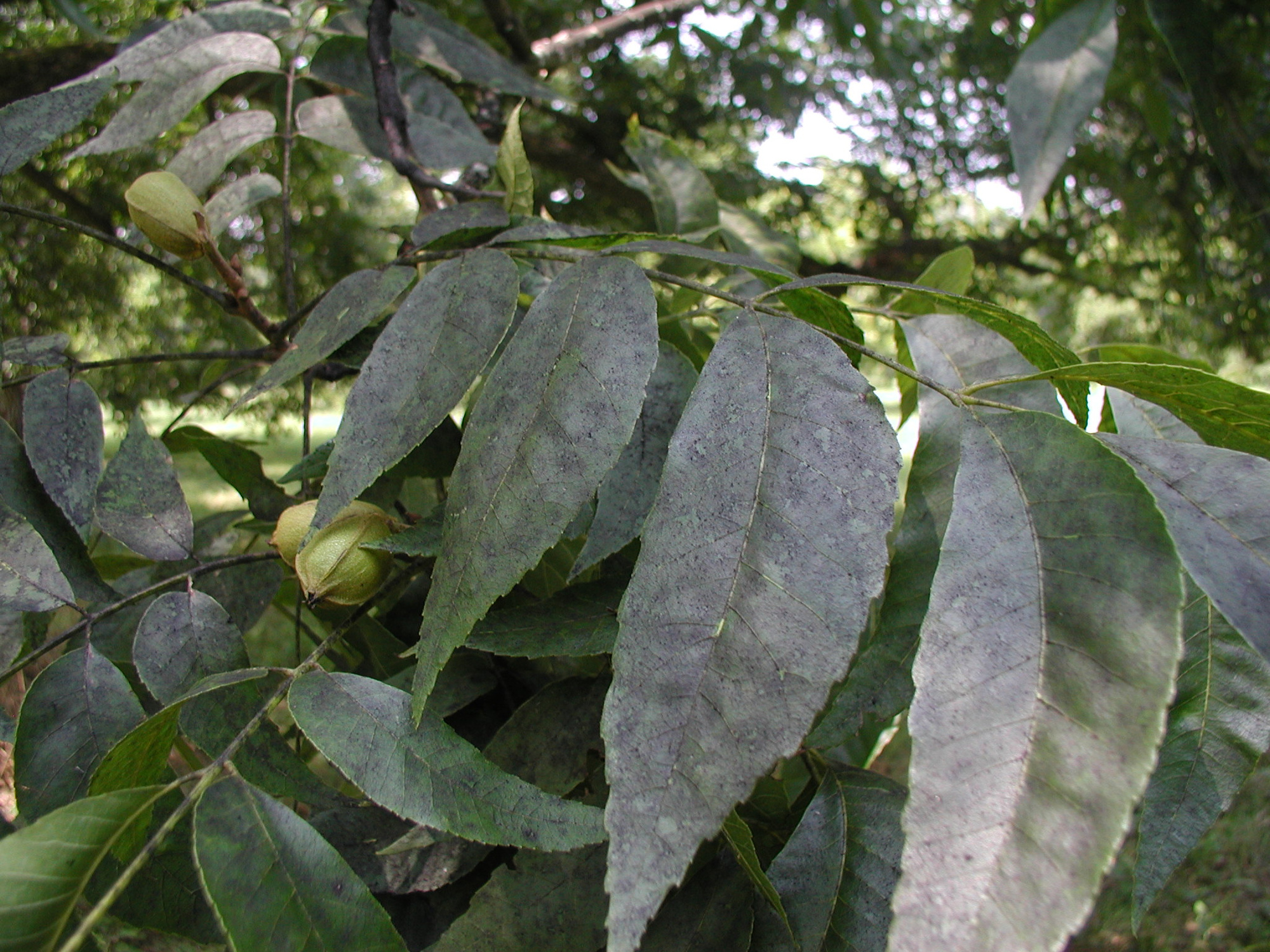
Black-margined aphid and yellow pecan aphid
Specific Wasp Parasitoids
Aphelinus peri pallidus and Trioxys pallidus
General Predators
Lady beetles: Hippodamia convergens (Convergent lady beetle), Olla v-nigrum (Ash gray lady beetle), Harmonia axyridis (Asian lady beetle), Coccinella septempunctata (Seven-spotted lady beetle), Chilocorus stigma (Twice-stabbed lady beetle)
Black Pecan Aphid
General Predators
Lacewings: Chrysoperla carnea, Chrysopa rufilabris, Chrysopa nigricornis
Chemical Control
| Broad Spectrum | Target-Specific Option |
|---|---|
| Admire | Nicotinyls (imidacloprid or thiamethoxam) |
| Ammo | Pyriproxyfen |
| Battalion | |
| Closer | |
| Provado | |
| Pasada | Organic Option |
| Warrior II | Surround WP Kaolin Clay |
| Mustang Maxx | |
| Lorsban |

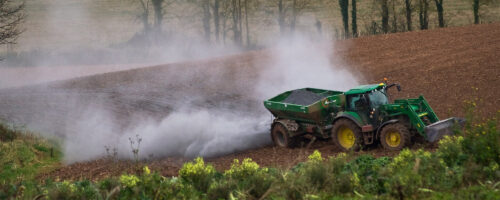
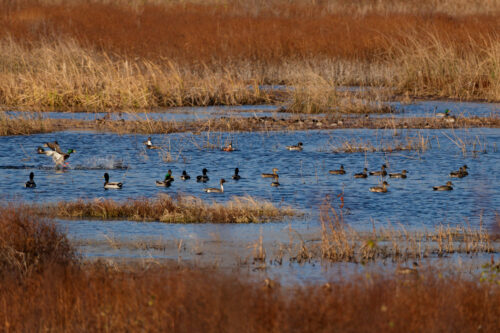
Comment